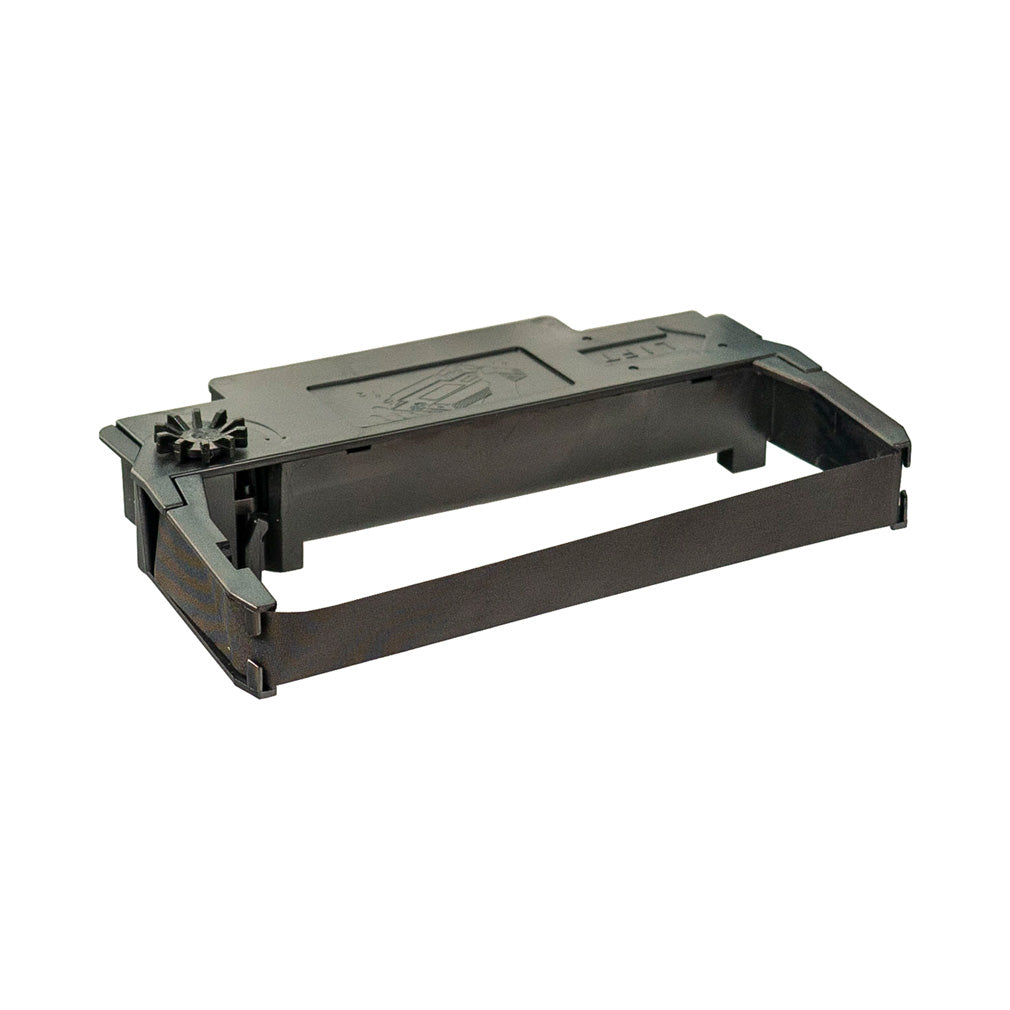In the world of printing, while much attention is given to modern inkjet and laser printers, an often-overlooked but crucial component of many printing systems is the printer ribbon. Printer ribbons are essential in numerous settings, particularly in environments where durable, long-lasting prints are required, such as in the manufacturing of labels, receipts, or reports. This blog delves into what printer ribbons are, how they function, and why they remain relevant in our day-to-day activities, despite the prevalence of more contemporary printing technologies.
What Are Printer Ribbons?
Printer ribbons are used in thermal transfer and dot matrix printing technologies, among others. They consist of a long strip of cloth or plastic coated with ink or wax that transfers onto paper through various mechanisms. The type of ribbon required can vary depending on the printer’s make and model, as well as the printing application.
How Do Printer Ribbons Work?
Thermal Transfer Printing: In thermal transfer printing, the printer ribbon is coated with a wax or resin-based ink. The printer uses a heated printhead to melt this ink off the ribbon and onto a medium, usually a label, tag, or another substrate that requires a durable print. This method is highly favored for applications where the print must withstand extreme conditions like heat, friction, or moisture.
Dot Matrix Printing: Dot matrix printers, commonly used for printing multipart forms or carbon copies, employ a ribbon coated in ink. The printhead strikes the ribbon against the paper to create marks. This impact-based method is effective for creating multiple copies simultaneously and is valued in environments such as logistics and invoicing, where carbon copy printing is necessary.
The Importance of Printer Ribbons
Durability: One of the most significant advantages of prints made with printer ribbons is their durability. Labels and tags produced via thermal transfer printers are resistant to environmental factors such as UV light, chemicals, and abrasion. Such qualities are essential for product labeling in industries like chemical manufacturing, where information readability is critical for safety and compliance.
Longevity: Printer ribbons are highly efficient in terms of use and can produce thousands of prints before replacement is needed. This longevity is beneficial for high-volume printing tasks, making it a cost-effective solution for businesses.
Versatility: Printer ribbons are available in various types and colors, providing options for different finishes and functions. For example, some ribbons are specifically designed for outdoor use, while others are suited for high-definition printing for retail environments.
Quality and Reliability: The quality of print obtained with printer ribbons is generally very high, especially when precision and fine detail are required. Additionally, printers using ribbons are reliable and robust, suited to operate in industrial environments where other types of printers might fail.
Everyday Applications
Printer ribbons touch many aspects of everyday life, often without much recognition. Here are a few examples:
- Retail: Used in the retail sector for printing receipts, price tags, and inventory labels, ensuring they remain legible and intact despite frequent handling.
- Healthcare: Essential for printing patient IDs and specimen tags, which must remain readable throughout the duration of storage or testing.
- Shipping and Logistics: Used to print shipping labels and tracking tags that are exposed to various environmental conditions and rough handling.
- Entertainment: Ticketing for events like concerts or sports, where durability and longevity of the print are crucial.
Conclusion
Printer ribbons are an integral part of many industries, offering durability, efficiency, and flexibility that other printing technologies can’t match for certain applications. Whether it's ensuring a barcode scans correctly on a dirty job site or a receipt lasts the lifetime of a warranty, printer ribbons play a vital role in our day-to-day operations. Understanding their functionality and applications helps businesses and consumers alike appreciate the behind-the-scenes technology that keeps our modern world running smoothly.

